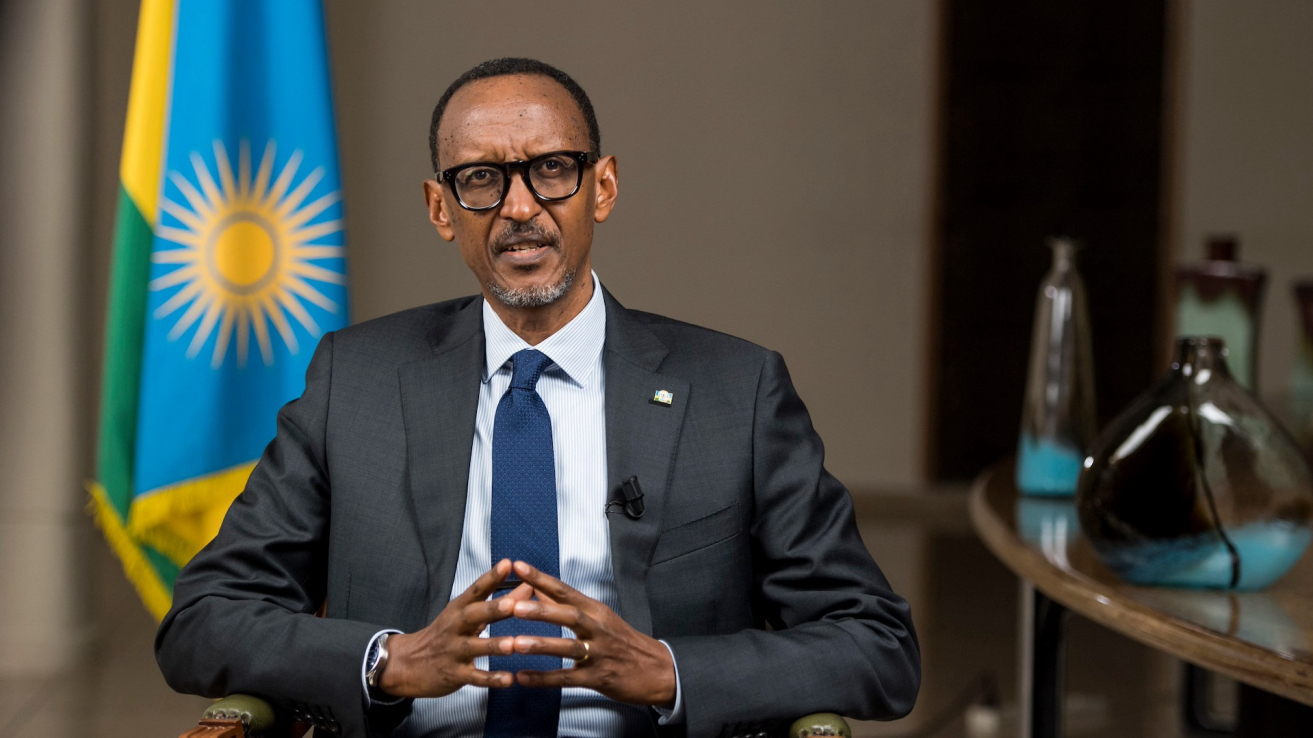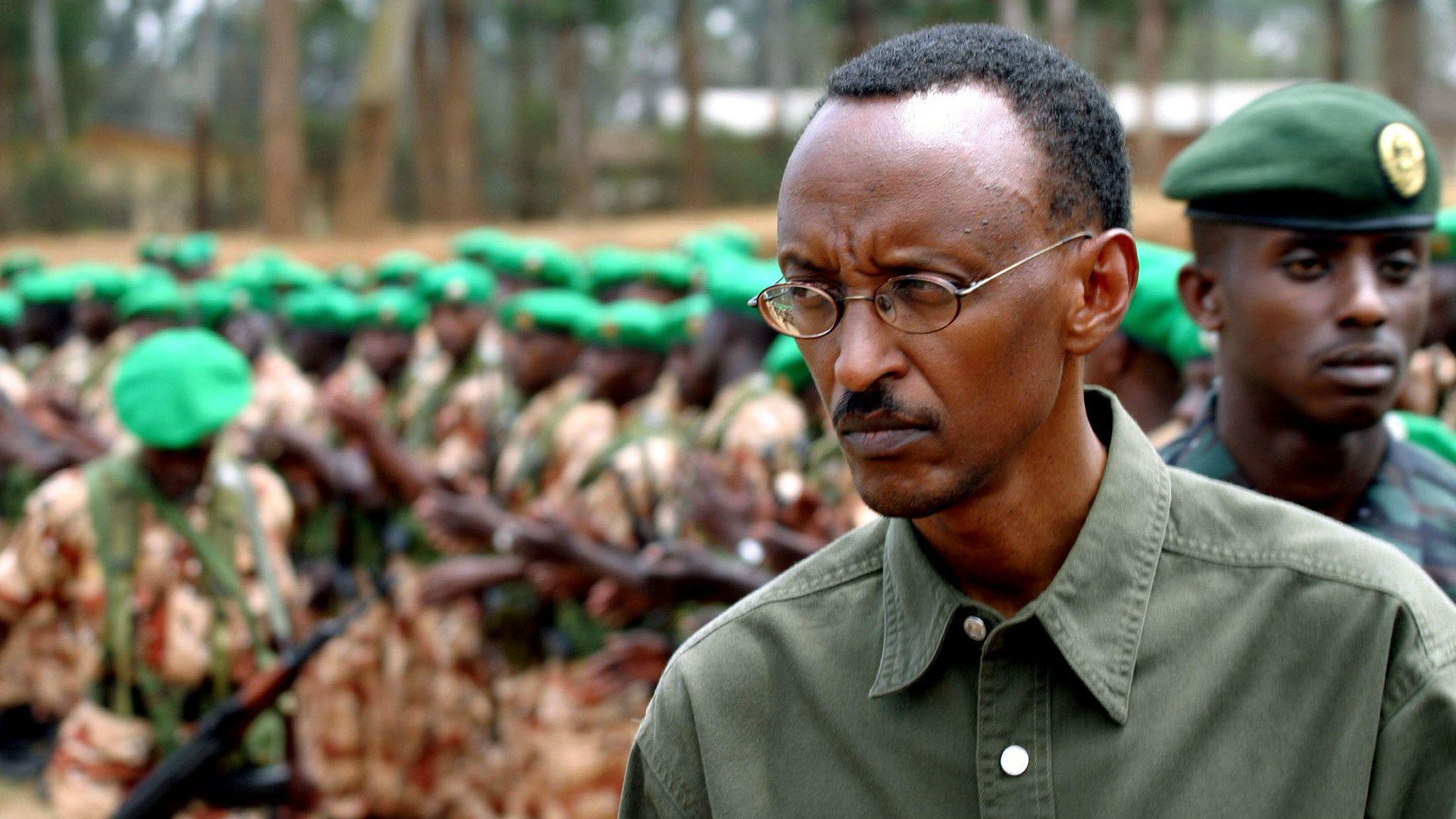
FIVE STATEMENTS ON CORONAVIRUS SHARED BY WHO THAT TURNED OUT TO BE MISLEADING
THE World Health Organisation (WHO), a specialized agency of the United Nations (UN) responsible for international public health has played a huge role in battling coronavirus pandemic since it first broke out in Wuhan,
July 12, 2021THE World Health Organisation (WHO), a specialized agency of the United Nations (UN) responsible for international public health has played a huge role in battling coronavirus pandemic since it first broke out in Wuhan, China, but it has also spread information about the virus that turned out to be inaccurate.
Established in 1948 and currently headed by Tedros Adhanom, WHO has a broad mandate which includes advocating for universal healthcare, monitoring public health risks and coordinating responses to health emergencies. It also sets international health standards and guidelines and collects data on global health issues.
With such primary objective and historical relevance, WHO has earned a reputation for being a trusted source of information, especially during global health crises and has actively engaged in the dissemination of information which helps countries determine their strategy in fighting epidemics and pandemics as in the case of coronavirus, officially known as COVID-19.
Since its first outbreak in December 2019, COVID-19, a respiratory illness, has infected over 1.4 million people globally and killed over 82,000 persons, according to recent statistics published by Worldometer, as at the time of filing this report.
With no known cure or vaccine, the virus has halted global economy and remains a threat to humanity and as such, information on how best to combat it, prevent and curb its spread is a top priority for many nations.
But at a time more than once, WHO has come under scrutiny for its response to the coronavirus pandemic.
Despite the remarkable role played by WHO, it has shared some information on the new coronavirus which it has now doubled down on, or is yet to clarify, all of which point finger at the organisation’s contribution to sharing misleading information that may have negatively impacted the fight against coronavirus in some countries.
1. No human-human transmission
In a tweet shared on January 14, the WHO had stated that Chinese authorities had found no clear evidence of coronavirus human-human transmission.
But it has since reversed its submission on this statement, saying COVID-19 can indeed spread from human to human.
“People can catch COVID-19 from others who have the virus. The disease can spread from person to person through small droplets from the nose or mouth which are spread when a person with COVID-19 coughs or exhales. These droplets land on objects and surfaces around the person,” WHO now posts on its website.
This is a 360-degree turn from its initial submission which can be classified as misinformation.
Despite evidence showing otherwise, the old tweet which has been debunked remains on the official Twitter page of WHO and has gained over 18,000 likes and 16,000 retweets.
2. Masks should only be worn by those with coronavirus disease
There is a global debate on the use of face masks in the prevention of coronavirus and while agencies are advocating for its use in public, the WHO recommended otherwise until recently.
On Monday, March 30, WHO held a media briefing to update the public on the COVID-19 outbreak and its officials submitted that they do not recommend mask wearing for healthy members of the general population.
It was recommended that masks be worn by those with the disease or those in close contact with those infected.
This was in response to the shortage of face masks available for health workers at the frontline of combating the virus.
However, while the WHO stands by its recommendation, there is evidence that it is considering changing its guidline on whether people should wear face masks in public.
“The WHO is debating that tomorrow to understand if there is evidence that would call for a change in what WHO is recommending,” David Heymann, an infectious disease expert and Professor of Infectious Disease Epidemiology, London School of Hygiene & Tropical Medicine, who led the global response to the SARS outbreak said while speaking at Chatham House on Wednesday, April 1.
According to Heyman, new evidence from Hong Kong has prompted a reconsideration of the role of face masks and it is likely that WHO would reassess its policy.
3. Not a global pandemic
A pandemic is “an epidemic occurring worldwide, or over a very wide area, crossing international boundaries and usually affecting a large number of people,” according to A Dictionary of Epidemiology, the standard reference for epidemiologists.
As at when the virus had infected over 100,000 people and was recorded in over 100 countries, WHO, submitted that COVID-19 was only considered a threat but failed to consider it a global pandemic, explaining that given that a large percentage of people infected were in China, there was no cause for extreme labels.
This was despite the fact that global health experts were referring to the virus as a pandemic and recommending that officials recognise it for what it is.
On March 11, the WHO officially tagged the virus a global pandemic, a direct reversal from its earlier declaration on the threat level of the virus.
4. Coronavirus is not airborne and spreads only through droplets
On March 30, the WHO shared a tweet on its official Twitter page, informing its over seven million followers that COVID-19 is not airborne and can only be transmitted from droplets generated when an infected person coughs, sneezes or speaks.
However, new study suggesting that the virus can survive in the air in some settings is raising questions and redirecting the organisations original stance.
According to reports, WHO is considering “airborne precautions” for medical staff. It was gathered that coronavirus can go airborne, staying suspended in the air depending on factors such as heat and humidity, WHO officials said.
“When you do an aerosol-generating procedure like in a medical care facility, you have the possibility to what we call aerosolize these particles, which means they can stay in the air a little bit longer,” Maria Van Kerkhove, head of WHO’s emerging diseases and zoonosis unit, told reporters during a virtual news conference.
5. WHO once said Nigeria has 20 states with functional emergency centres and capacity to respond to coronavirus outbreak
In a tweet shared on it the official WHO Nigeria Twitter page, the organisation claimed that Nigeria has 20 states with functional emergency centres and the capacity to respond to a coronavirus outbreak, however, this statement has been found to be false and highly misleading.
M28 Investigates tried to reached out to WHO to clarify its statement and no response was submitted.
And with a record of over 250 cases in the country as at the time of filing this report, it has become evident that many states in Nigeria had and still have no capacity to respond to a coronavirus outbreak.
As at the time of filing this report, Rwanda is in a lock-down and has confirmed 110 covid 19 cases of whom seven 7 have recovered
See Also:

Bribery, Lashes, Death And TVE...
Rehabilitation or transit centers are spread across different parts of Rwanda. As per official narra...
Articles
Why Kagame Would Not Win A Fre...
In a hypothetical scenario where free and fair elections were conducted in Rwanda, it is highly ques...
Opinions
Denying A Genocide By Investig...
They are going to say that we deny the genocide,” the colleague at Forbidden Stories – the project o...
The Rwanda Classified Project Investigations
Kagame’s Dual Grip: Repression...
Paul Kagame's regime in Rwanda is a striking example of how modern autocrats keep a firm hold on pow...
Opinions